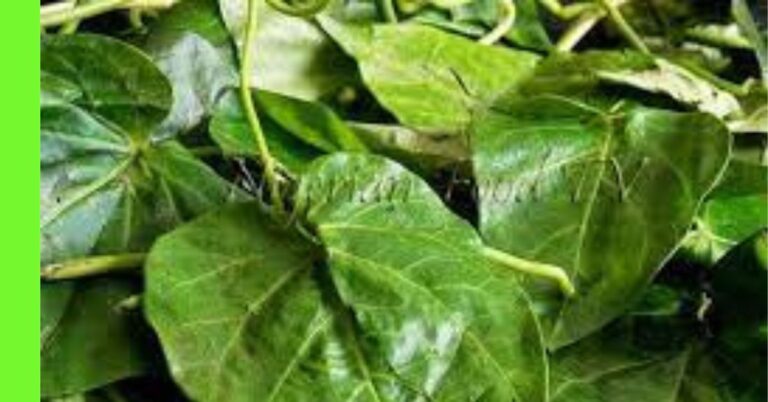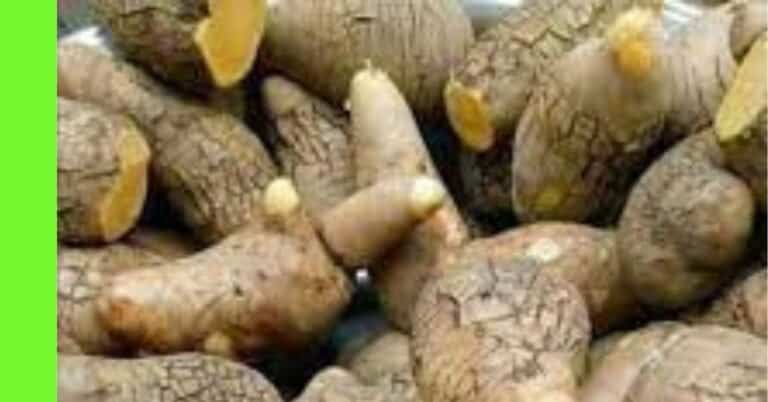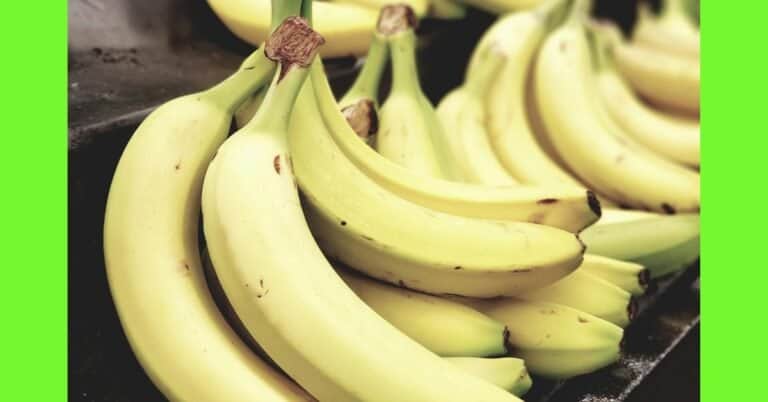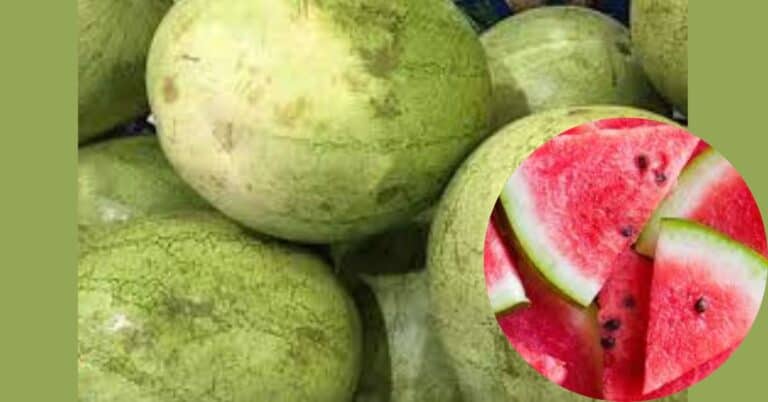Do You Know The Types Of Pepper In Nigeria

“…like pepper in a good sauce, it brings out the flavour, it’s indispensable.” – Louis-Ferdinard Celine
Pepper is a vegetable that can vary in size, color, and form.
It can be any color—red, orange, yellow, green, or black.
Called osi (pronounced O-say) in the south east, ata in the south west and barkono in the northern part of Nigeria.
It is eaten fresh or cooked etc., and has a sweet or spicy flavor.
Every kind of pepper, including sweet variants like bell peppers, belongs to the genus Capsicum. Except for black pepper and alligator pepper.
The heat in is measured by the Scoville scale, and its International Systems of Units (SI) is Scoville heating units (SHU)
Peppers are incredibly versatile and have found a place in cuisines all throughout the world,
from Mexico to Thailand, the Congo to India, and Hungary to Nigeria.
In Nigeria pepper is grown in almost all parts of Nigeria, but a larger portion of it is produced in the Northern part of Nigeria.
Today there is an increase in the domestic demand for pepper
this article we will be looking at the various types or variety of pepper you can find in the country,
Let’s dive into the nitty gritty of it all.
Types of pepper
1. Scotch Bonnet Pepper
The Igbos call it Ose oyibo and the bright yellow ones are known as oseNsukka. It is known as ata Rodo in Yoruba and Atarugu in Hausa.
Other names: Bonney peppers or caribbean red pepper
Species: Capsicum chinense
Description: They are typically bright red or brilliant yellow when fully grown.
They are approximately 1 inch (2.54 cm) to 2 1 ⁄ 2 inches (6.35 cm) in length and 1 inch (2.54 cm) to 2 inches (5.08 cm) in width.
The moniker ‘Scotch bonnet peppers’ comes from their shape, which resembles an umbrella or hat.
Of all the pepper varieties found in Nigeria, this one is the most prevalent and is almost always present in meals.
This pepper should not be eaten raw because of its heat rating but it is a perfect spice for your stew, jollof rice, soup, and name any food that is cooked – the flavor just tells.
This pepper is grown in almost every part of Nigeria.
Scoville scale: 100, 000 SHU – 400, 000 SHU
Heat: very hot
Taste: its Sweet, Fruity, Tropical and Earthy
Availability: it is available all year round
2. Habanero Peppers
Species: Capsicum chinense
Description: habanero peppers have a lantern shaped structure and are a little longer and straighter than Scotch bonnet peppers, despite their small similarity in appearance.
With a length of around 2 ½ inches (6.35 cm) and a width of 2 inches (5.08 cm),
Habaneros that are not quite ripe begin green and eventually turn orange or red.
When these peppers mature, some varieties may turn white, purple, yellow, or chocolate brown.
Habanero peppers and Scotch bonnet peppers are extremely similar.
they are sometimes seen as the same but there are slight differences.
The differences between it and scotch bonnet are its origin, taste and appearance.
The tasty scotch bonnet pepper originated in the Caribbean islands, while habanero peppers are from Mexico.
Scotch bonnet chili peppers have a little sweeter flavor than habanero peppers, which may have a hint of smoke to them.
In Nigerian markets though, they are mostly sold in a mix, that is both species are sold together as Ose/Rodo/Atarugu.
Scoville scale: 100,000–350,000 SHU
Heat: Very hot
Taste: its Sweet, fruity, tropical, smoky
Availability: the are available all year round
3. Cayenne Pepper
Other name: Shombo
Species: Capsicum annuum
Description: Cayenne peppers are a group of tapering, usually slender, primarily red, 10 to 25 cm long peppers that dangle from the bush rather than grow upright.
They frequently have a curved tip and sometimes rippling skin.
It is very popular in the Nigerian markets. It is sometimes used alone or with the combination of tomatoes to make stew especially in the south-western region of Nigeria.
Scoville scale: 30,000–50,000 SHU
Heat: hot
Taste: its Sweet, fruity, tropical, smoky
Availability: the are available all year round
4. Bell pepper
Other name: tatashe, paprika, sweet pepper
Species: Capsicum annuum
Description: They tend to be plump, bell-shaped vegetables with three or four lobes.
The tatashe, even though a strain of the bell pepper, has a distinct feature.
It normally is longer in length and thinner in width than the typical bell pepper.
It is spicier and has a more teeming flavor.
Even though they are similar to Shombo (Cayenne Pepper), Tatashe and Shombo are not the same.
Bell peppers come in various colors. Depending on when they are harvested and the particular variety,
bell peppers can be green, red, yellow, orange, and, less frequently, white, purple, blue, brown, and black in color.
The common tatashe is characterized by its bright red color. The color variation of bell peppers depends on the variety, with green peppers being unripe and the others being ripe.
Unlike other kinds of pepper, Sweet bell peppers can be eaten uncooked. This implies that you can consume them raw as a vegetable. Guess why? That’s right! Their heat scale rating is low.
Scoville scale: 0 – 100 SHU
Heat: none
Availability: the are available all year round
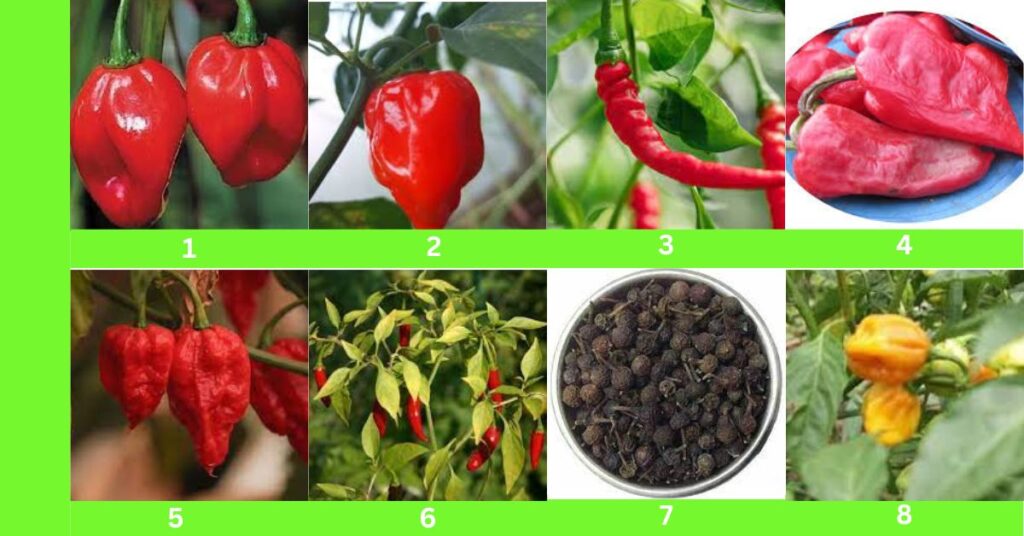
5. Ghost Pepper
Other name: bhut jolokia
Species: Capsicum chinense
Description: It is a small fruit in the nightshade family.
Ghost pepper fruits ripen from green to red and can grow up to 8 cm (3 inches) in length, tapering slightly at the end.
The skin appears to be poked and wrinkled.
It is one of the hottest peppers in the world.
Ghost pepper was once the hottest pepper but it was surpassed by Carolina Reaper (with up to 2.2 million SHU) and other ultra spicy peppers.
It is more expensive than the habanero and scotch bonnet pepper.
And is not commonly found in the market.
It can be ground and dried to make a spice or used fresh.
Scoville scale: 1 million SHU
Heat: Extremely hot
6. Birds Eye Pepper
Other name: Thai chili
Species: Capsicum annuum
Description: The bird’s eye pepper is a small, round pepper that is popular all over the world,
but it originated in Thailand and the surrounding nations.
The types found in Nigeria have a more elongated form than rounded form found in other regions of the world.
When fully grown, bird’s eye peppers can be yellow, purple, or black in addition to their typical red color.
You might be in doubt that you’ve seen this in the market, don’t get confused, it’s rarely sold in its fresh form.
It is mostly sold dried or ground.
It is not as hot as Scotch bonnet and habanero pepper.
Scoville scale: 50,000-100,000 SHU
Heat: Very hot
7. Ashanti Pepper
Locally, the Urhobo people call it kale, while the Igbo people of Nigeria call it oziza and uziza and the Yorubas call it Iyere
Its most times assumed to be black pepper because of their similarities but they are slightly different.
Other name: west african pepper, Benin pepper,
Species: Piper guineense
Description: Piper guineense is a species of piper native to West Africa.
The dried fruit of the piper is used to make a spice and seasoning
It adds spice and a strong scent to stews and is used in cooking.
Scoville scale: 30,000 and 100,000 SHU
Heat: Very hot
.
8. Nsukka Pepper
Other name: Ose Nsukka, Yellow pepper
Species: Capsicum Chinese nsukkadrilus
Description: Ose Nsukka the only yellow pepper in tropical africa, which grows in the Nsukka area of Enugu State.
Scoville scale: 350,000 SHU
Heat: Very hot
Nutritional Information Of The Types Of Pepper
| Scotch Bonnet Pepper | Habanero Pepper | Cayenne Pepper | Bell Pepper | Ghost Pepper | Birds eye Pepper | West African Pepper | |
| Calories | 4 cal | 1 cal | 6 cal | 39 | |||
| Fat | 0 g | 0 g | 0 g | 0.5 g | |||
| Sodium | 0 g | 0 g | 6 mg | 0 g | |||
| Carbohydrate | 1 g | 0 g | 1 g | 9 g | 0 g | ||
| Fiber | 0 g | 0 g | 1 g | 3.1 g | 0.253 g | ||
| Sugar | 0 g | 0 g | 0 g | 6.3 g | 0 g | ||
| Protein | 0 g | 0 g | 0 g | 1.5 g | |||
| Vitamin C | 14.3 mg | 2.86 mg | 190 mg | 2.86 mg | 4.84 mg | ||
| Potassium | 314.4 mg | ||||||
| Vitamin A | 41.62 µg | 233.9 mcg | |||||
| Vitamin E | 0.597 mg | 2.4 mg | |||||
| Vitamin k | 1.4 µg | 0.28 µg | 7.3 mcg | 0.28µg | 0.28µg | ||
| Vitamin B | 0.05 mg | 0.01 mg | 0.049 mg | 0.01 mg | 0.01 mg | ||
| Copper | 0.013 mg | 0.003 mg | 0.003 mg | 0.003 mg | 0.013 mg | ||
| Niacin | 0.12 mg | 0.024 mg | 0.024 mg | 0.024 mg | |||
| Iron | 0.1 mg | 0.02 mg | 0.156 mg | 0.02 mg | 0.024 mg | 0.097 mg | |
| Manganese | 0.04 mg | 0.128 mg | |||||
| Magnesium | 1.71 mg | ||||||
| Calcium | 4.43 mg |
Health Benefits of Pepper
You may be wondering what good this pepper is doing to your body apart from its flavor. Let’s get into the health benefits :
- Peppers are an excellent source of vitamins like vitamin A, vitamin C (ascorbic acid), iron, vitamin B, see the nutritional facts above for more details.
- Most peppers contain capsaicin, which have been revealed by researchers to be capable of preventing and blocking the growth of cancer cells.
- Are also used in weight management. The capsaicin present in them is revealed to be capable of reducing excess body fat build-up.
- They can be used for preparing soups that can be taken to relieve chest congestion and for preventing sinusitis.
- They help in lowering cholesterol levels, this is very good for the cardiovascular system.
- They serve as antioxidants and have anti-inflammatory properties.
Which Pepper Is The Hottest In The Nigeria
Ghost pepper is the hottest pepper
While Nsukka pepper, scotch bonnet, habanero are next on the line.
Which Pepper Is The Hottest In The World
In August 2023 pepper X was recognized as the hottest pepper in the world before now
the world hottest pepper was the carolina reaper,
On the Scoville scale Pepper x measures 2.69 million SHU and the carolina reaper measures
| 1,641,183 SHU |
The two types of pepper are developed from the same breeder Ed Currie





